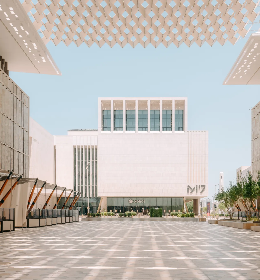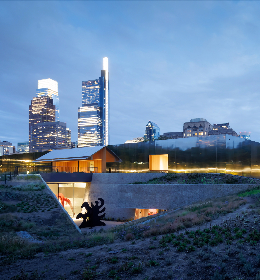“I’ve had this idea in my mind from the beginning, but I wanted to see how the first London edition went, to judge if there was a real interest, because I wasn’t sure”, explained Touria El Glaoui, who launched the event five years ago.
The price of booths is here two times lower than at other editions for equivalent spaces, at around €7,000. But the success of a fair is a combination of numerous factors: in California, where money flows freely, nobody has succeeded until now, as the Frieze will take its chances in 2019. In Marrakesh, a town with one of the highest number of palaces for its size, Touria El Glaoui seems to have succeeded in mobilizing the rich public, who were not until now always interested by contemporary creations, but also in attracting renowned international curators.
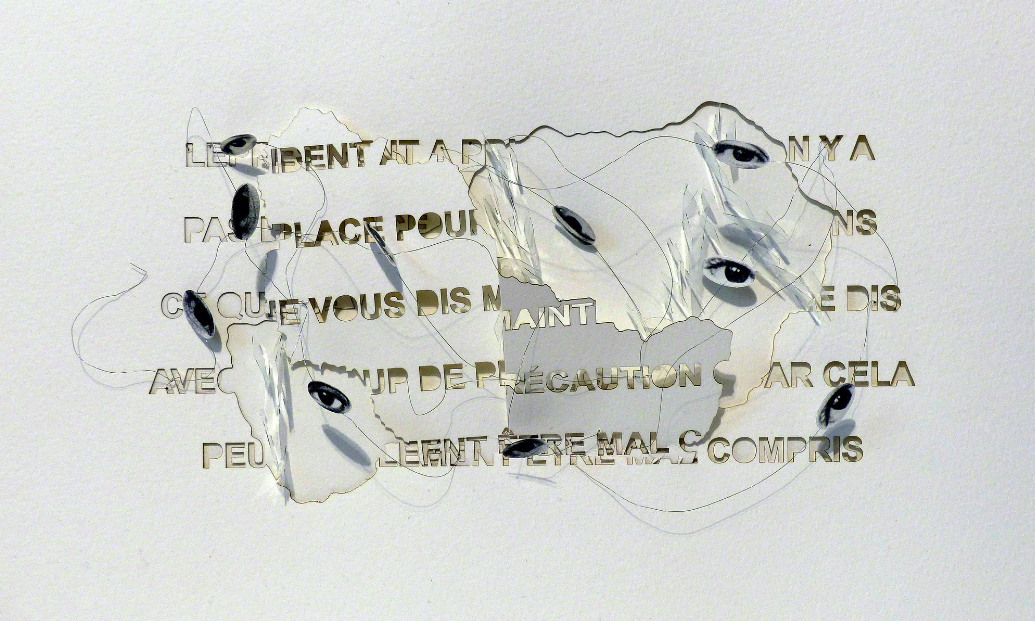
Safaa Erruas, Territories, 2017 — Galleria Officine dell’immagine
“It was very successful for us and, we suppose, also for the other galleries. We received the visit of many international collectors, some of them already well known, others never met before. Consequently our sales were really outstanding, we’ll surely come back for the next edition”, explained Carlo Bonza, Director of Milan’s Galleria Officine dell’immagine, who were exhibiting the works of Safaa Erruas, Mounir Fatmi, and Farah Khelil.
Here, numerous works sell for between €2,000 and €20,000, far from the sums evoked on many markets, thereby removing the risk of a bubble.

Galerie Cécile Fakhoury - Abidjan | François-Xavier Gbré & Dalila Dalléas
“I think we’re now in a better position – we have a loyal group of galleries who follow us to London and NYC, and who come here now too. In New York, the fair reaches an audience of African-American collectors who aren’t present in London”, continued Touria El Glaoui. The idea therefore is to reach out to a new population.

Ca va aller (2016), Joana Choumali
In the booth of the Loft Art Gallery (Casablanca), eyes were turned by the work of Joana Choumali, exhibited in the Ivory Coast’s Pavilion during the last Venice Biennale. The series shown here, Ça va aller, is based on the suffering of the inhabitants of the Ivory Coast’s Grand-Bassam, after the attack in 2016. In a country where internal, psychological suffering is not considered, these photos onto which forms and roads are embroidered illustrate the angst, all whilst providing a curative purpose to the artist, who at the time was experiencing a difficult period. At €1,800 for each piece, everything was sold.
In the Tiwani booth, the photographs by Delio Jasse – shown last year during the Paris exhibition “Afriques Capitales” – are noteworthy. The artist’s (b. 1980, Luanda, Angola, based in Milan) work is based in the context of his native country, and is in the medium of cyanotypes. In the young gallery’s booth – one of the most important specializing in the African market in London – the work of Walid Layadi-Marfouk was also presented, and "concerned with mischaracterized singular identities of Islam in western media."
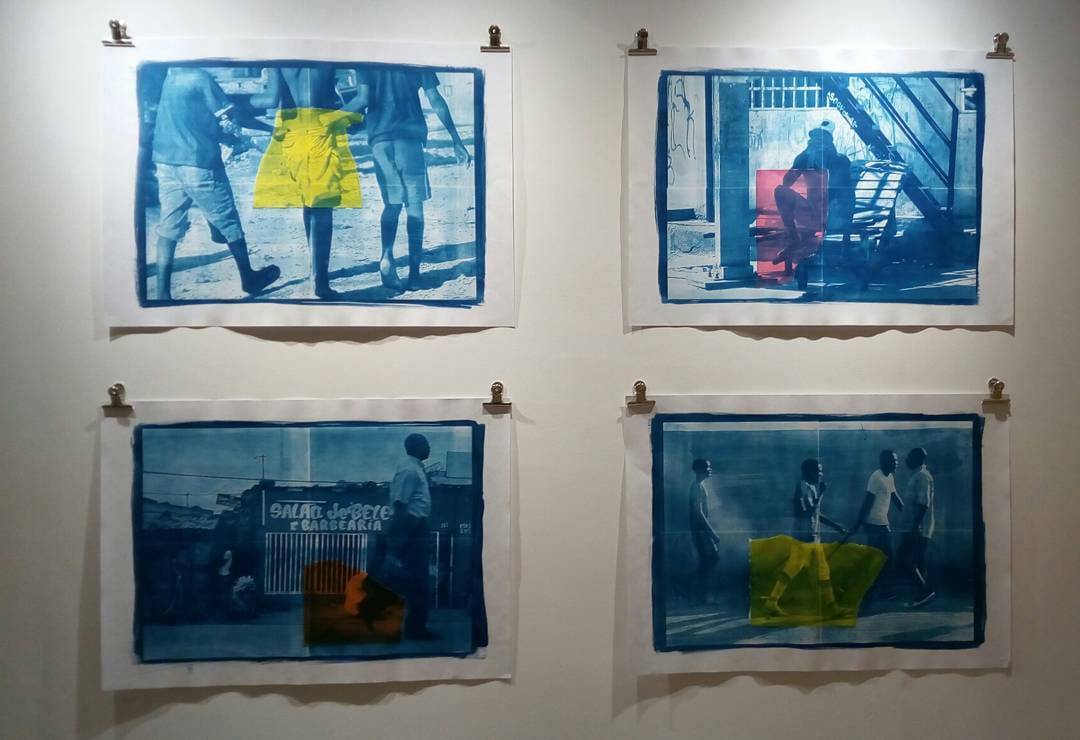
Délio Jasse, Serie Urban landscape —Tiwani
South Africa – notably thanks to the opening of the Zeitz MOCA, the presence of first-rate galleries and the success of the Cape Town Art Fair – has nowadays become the veritable crossroads for Anglophone African creations. This ecosystem is primordial for every town with the ambition to become an important location in the art market. In Marrakech, the first edition of 1:54 corresponded with the “second launch” of the Museum of African Contemporary Art Al Maaden (MACAAL). Inaugurated in 2016 by the property magnate Alami Lazraq, the institution is offering a superb exhibition until August 24, entitled “Africa Is No Island”.
The development of the local museum offering is as much at the heart of the process of spreading African artistic creation as it is at the heart of its legitimization, especially through partnerships with Western museums.
Under the direction of Jeanne Mercier, Baptiste de Ville d’Avray and Madeleine de Colnet, over 40 photographers are “reinvesting the imagination linked to the African continent and are tackling universal cultural problems such as tradition, spirituality, family and the environment in a frame of every-day modern experiences.” Amongst them is the Italian artist based in Paris, Nicola Lo Calzo, who confronted the heir of a colonial house in Mississippi, with Creole and French colonial descendants through his CASTA series, celebrating their ancestral memory. Ayana V. Jackson, Walid Layadi-Marfouk, Hicham Benhoud and Lebohang Kganye are also present.
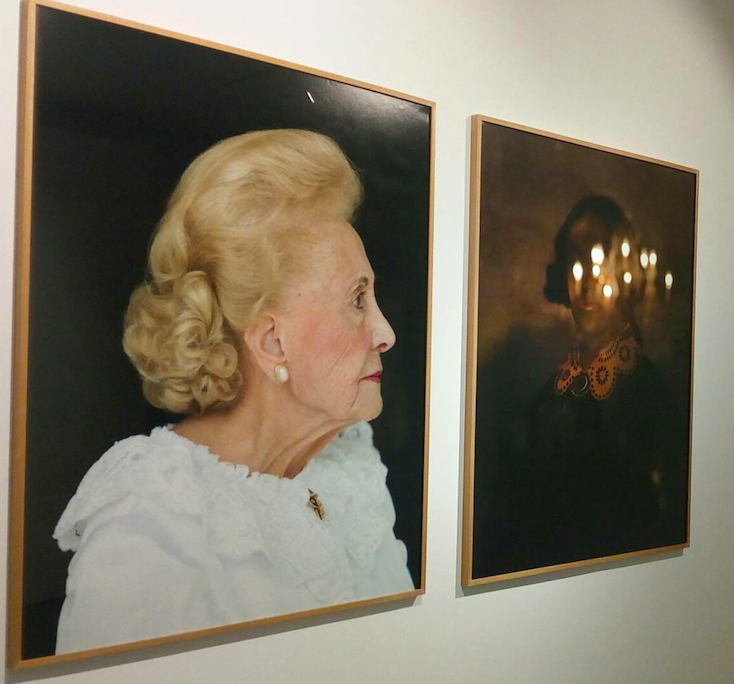
Nicola Lo Calzo, Casta
This first edition of 1:54 Marrakech is an undeniable success. On this basis, in a place where challenges are relished, the next will be to succeed in erasing the distinction between African artists and “the others”; one day, it is hoped that all these artists may naturally have their place at the heart of exhibitions organized all over the world – and not only those dedicated to “African Art”.








